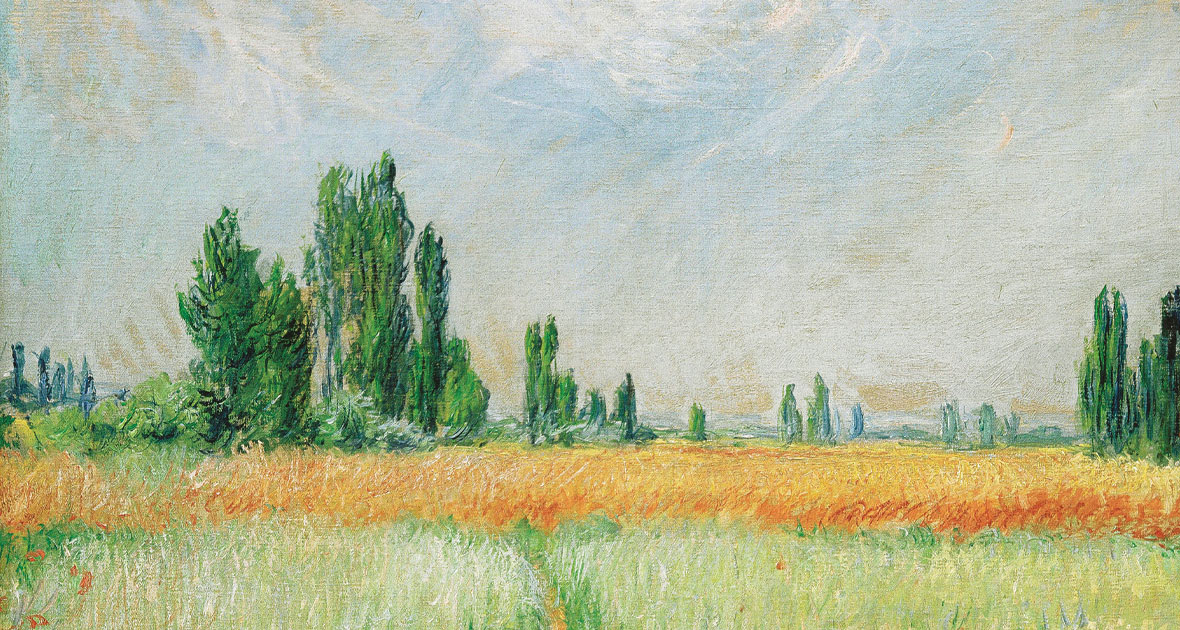
Out of the House
Depictions of forests and meadows, villages and buildings or mountains, lakes and seas are part of the permanent repertoire of many artists of different epochs. "The landscape is by far the loveliest department of painting", is what John Constable, an English painter of the Romantic period, said. Yet landscape painting is still a comparatively young genre because, for a long time, the landscape had primarily provided the setting for people. It only established itself as an independent pictorial theme from around the 17th century: Nature and objects became the focus of attention, while people disappeared from the paintings or became mere staffage. The painter Philipp Otto Runge wrote in 1802 programmatically: "At first, people captured the elements and the forces of nature in the human form (...). Now the sense is more directed to the opposite (...). We should see in every flower the living spirit that the human being puts into it, and through this, the landscape will come into being." In painting, human beings and objects are equal: "Can I not capture the fleeing moon just as much as a fleeing figure that awakens a thought in me, and does the latter not become just as much a work of art?"
At ars mundi you will find some examples of landscape depictions from different epochs: For example, that are immersed in atmospheric light, as by the Impressionist Claude Monet or expressive and colour-intensive, as by the Expressionist Max Pechstein or from a contemporary perspective, as by Armin Mueller-Stahl, Anja Struck or Ben Kamili.








